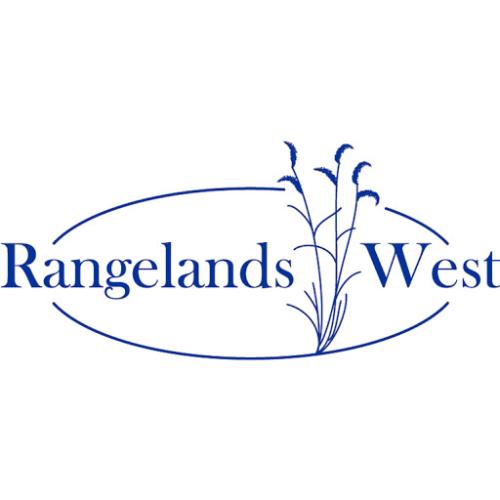Final congressional approval was given to H.R. 2854, the Federal Agricultural Improvement and Reform (FAIR) Act, otherwise known as the "1996 farm bill," on March 28, 1996. President Clinton signed the bill into law on April 4, 1996 (P.L. 104-127). In tabular format, this report lays out in descriptive, rather than legislative language, the major provisions of the new farm bill in contrast to preceding law. In general, the 1996 farm bill establishes commodity, conservation, trade, aid, credit, research, other agriculture and food related policies, and authorizes federal spending for numerous U.S. Department of Agriculture (USDA) programs through the year 2002.
Agricultural commodity support programs are extended and significantly modified by this legislation. In a major change from past policy, the bill replaces the traditional crop-specific income supports, known as target price deficiency payments, with 7-year "production flexibility contracts" under a new "Agricultural Market Transition Program." Capped payments are made to farms, but unlike previous law, there is considerable planting flexibility (including the ability to put land into conserving uses). Nonrecourse commodity loans and marketing loan repayment provisions are continued at approximately 1995 levels into the future. Milk marketing orders are to be consolidated in 3 years, and the dairy price support program is phased out by the end of 1999. In contrast to the other commodity programs, modest changes are made to the peanut and sugar programs.
Conservation provisions in the farm bill build on initiatives enacted in 1985 and 1990, altering some of the constraints placed on producers and converting the majority of conservation spending to entitlements. The trade provisions authorize funding for P.L. 480 Food for Peace, export credit guarantees, the Export Enhancement Program, and the Market Promotion Program. Funding authority is extended for public agricultural research, education, and extension programs. A new single research and extension policy advisory board replaces a collection of advisory panels, and a task force is directed to develop a 10-year strategic plan for research facilities. With respect to credit, the bill addresses eligibility for USDA farm loans and the servicing of delinquent accounts. A new 3-year Fund for Rural America will provide $100 million annually, with at least one-third of the money going to specified rural development activities and at least one-third to specified research activities. While debate continues on broader welfare reform provisions, the farm bill extends the food stamp program for 2 years and other commodity donation programs for 7 years.

Articles, citations, reports, websites, and multimedia resources focused on rangeland ecology, management, restoration, and other issues on American rangelands.